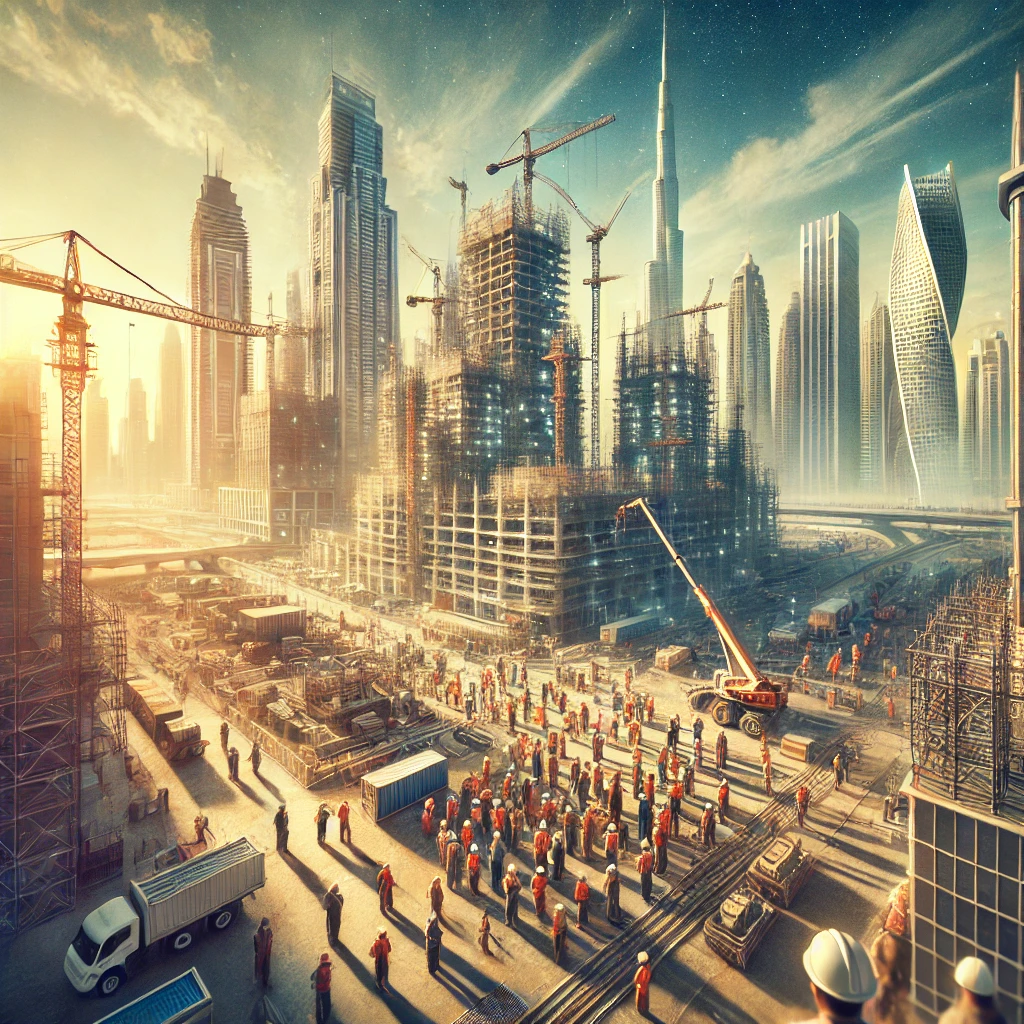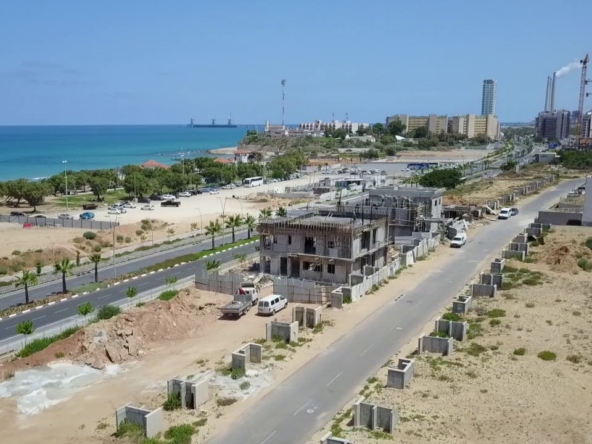The year 2024 marks a decisive turning point in the construction sector. In major Gulf cities as well as in urban areas of Asia, cranes are no longer stopping, foundations are being laid at record speed, and skyscrapers are rising with newfound efficiency. This spectacular boom is not just the result of technology or political will. It is primarily based on a radical and silent change in the workforce mobilized on construction sites.
End of a Regional Monopoly
For decades, Middle Eastern countries have based their urban growth on the labor of workers primarily from neighboring Arab territories. These workers represented up to 90% of the workforce employed in construction. This model seemed stable, almost immutable.
But starting in 2023, the lines began to shift. Construction companies, faced with chronic delays, a shortage of skilled workers, and pressing economic issues, turned to other labor pools. China and India quickly emerged as the two main sources of recruitment.
The numbers speak for themselves. According to a recent report from the International Labour Organization, between 2022 and 2024, the number of Chinese workers in the Middle East surged by 150%. Meanwhile, Indian workers saw an increase of 120%. Together, they now represent nearly 40% of the workforce on major construction sites in countries like the United Arab Emirates, Qatar, or Saudi Arabia.
More Qualified and Competitive Profiles
This change is not coincidental. Chinese and Indian workers are often better trained, particularly in technical fields such as specialized masonry, electricity, or precision mechanics. They are also proficient in modern tools and advanced construction methods, making them particularly effective.
Their presence not only fills gaps but also raises the overall skill level on construction sites. Moreover, their flexibility, discipline, and reasonable salary expectations make their integration even more attractive for companies.
Unprecedented Acceleration of Projects
The impact of this new workforce is already being felt. In 2023, average construction timelines for infrastructure projects often exceeded three years. One year later, in 2024, these timelines have dropped to an average of 24 months, representing a reduction of about 33%.
Take the example of the Dubai Metro. The planned extension was supposed to span four years. Thanks to the massive influx of workers from Asia, better logistical organization, and the introduction of new practices, the completion of the work is now expected in just two years. Project managers highlight the rigor, quick learning ability, and endurance of these workers, which allows for a high pace while maintaining quality standards.
A New Economic Dynamic
Beyond speed, the entire economy of the sector is being transformed. Shorter timelines mean faster returns on investment. Developers can launch new projects more frequently, thus reducing the waiting periods between two construction phases.
According to a study by the Global Construction Perspectives firm, this dynamic is expected to enable an annual growth of 7% in the construction sector until 2025. This is partly due to the ability to reinvest profits more quickly into new projects or innovative technologies.
Furthermore, the diversity of labor sources stabilizes costs. By comparing the offers of traditional Arab workers with those from China and India, wages naturally regulate. Companies thus generate additional margins that they reallocate to modernizing their equipment or improving safety standards.
Challenges of Cultural Diversity
However, this transformation does not come without challenges. Bringing together workers from such diverse backgrounds requires much more complex human management than before. Language barriers, differences in communication, and sometimes opposing cultural habits can slow cooperation on the ground.
Companies must therefore innovate in their management practices. An increasing number of construction sites are investing in intercultural training, language learning programs, and the establishment of mediators to resolve potential conflicts. The goal is clear: to ensure a harmonious, productive, and respectful work environment.
Growing Ethical and Media Pressure
Another major issue is the respect for workers’ rights. The intense media coverage of working conditions in certain Gulf countries has drawn public and NGO attention. Companies no longer have a choice: they must now meet higher standards regarding safety, housing, health insurance, and compensation.
Local legislations are beginning to evolve. Some regions now impose regular audits on working conditions, with penalties for violators. Companies that take the initiative to implement strong ethical practices not only benefit from a better reputation but also attract higher quality profiles.
A Synergy Between Humans and Technologies
Relying on a skilled workforce is no longer enough. The future of the sector also depends on its ability to integrate emerging technologies. Artificial intelligence, construction robots, 3D modeling, and surveillance drones are beginning to become part of the landscape.
These innovations do not replace the workforce; they complement it. Productivity on construction sites increases when humans and machines work in synergy. Workers trained internationally are generally more comfortable with these tools, which further accelerates construction processes.
A Model Exportable on a Global Scale
What is currently happening in the Middle East could serve as a model for other regions of the world. In the face of rampant urbanization, infrastructure needs, and climate challenges, the use of a diverse, flexible, and skilled workforce becomes a necessity.
The construction sites of tomorrow will be international by nature. They will bring together German engineers, Indian workers, Egyptian project managers, Japanese machines, and American technologies. This global collaboration will be the key to sustainable growth and improved urban quality of life.


